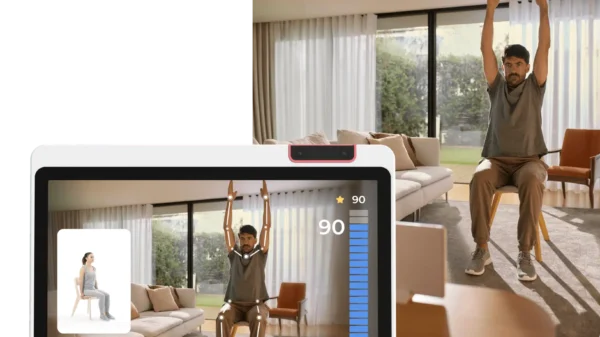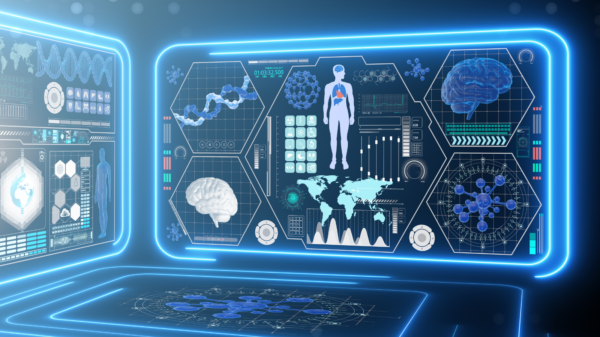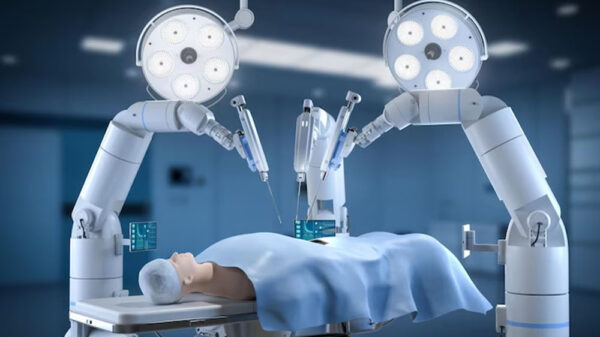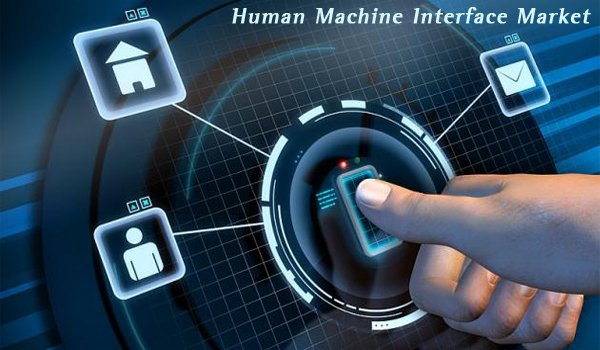A Human Machine Interface (HMI) encompasses the study and design of interactions between humans and machines, such as computers, software, and various forms of technology. Its aim is to create interfaces that are not only user-friendly but also effective for accomplishing specific tasks or objectives.
The field of Human-Machine Interface (HMI) has undergone significant evolution since its inception in the 1970s. From the early days of command lines, it has transitioned to modern voice recognition technology, adapting to the changing needs of users.
Early Beginnings
The concept of the Human Machine Interface traces its roots to the 1970s when computer systems were primarily the domain of experts and professionals. The first HMI systems relied on command lines, requiring users to input specific commands to interact with the computer. These systems were far from user-friendly and catered to only a select few.
Graphical User Interfaces (GUIs)
The 1980s marked a revolution in HMI with the introduction of GUIs. GUIs introduced visual elements such as icons, windows, and menus for interacting with computers. This transformation made computing accessible to a broader audience, including non-technical users. GUIs also drove the development of mouse technology, further enhancing the user experience.
Web-Based Interfaces
The 1990s brought the rise of the internet, leading to the development of web-based interfaces. These interfaces allowed users to access information and perform tasks online without the need for physical computers. This shift revolutionized the way people interacted with technology and paved the way for the modern web-based interfaces in use today.
Voice Recognition Technology
A recent trend in Human Machine Interface is the integration of voice recognition technology. With virtual assistants like Siri, Alexa, and Google Assistant, users can interact with technology using voice commands. This technology enhances accessibility and convenience, particularly for individuals with disabilities.
Presently, the use of artificial intelligence (AI) in Human Machine Interface is gaining traction. AI-powered interfaces are becoming more prevalent, capable of learning and adapting to user behavior. This has the potential to create highly personalized and intuitive interfaces, making technology more accessible and enjoyable for everyone.
How Does HMI Function?
Human Machine Interfaces typically include a display device, like a touchscreen or monitor, and input devices such as push buttons, keyboards, and joysticks. The display device presents the operator with information about the machine or system, including its status, operating parameters, and alarms. Input devices are used to control the machine or system.
HMIs are typically connected to a Programmable Logic Controller (PLC), a computer used to control machines and systems. The PLC collects data from sensors and other input devices, using this data to control outputs like motors, valves, and actuators.
The communication between the Human Machine Interface and the PLC occurs over a communication network, which can be wired or wireless. The HMI sends commands to the PLC, and the PLC provides data back to the HMI.
Various communication protocols are used between HMIs and PLCs, including Ethernet/IP, Modbus, and Profibus, depending on the specific HMI and PLC.
HMI software is responsible for displaying information from the PLC and processing user input. It often includes features to assist operators, such as alarms, trends, and data logging.
HMIs can be programmed using various software packages, some proprietary and others open source.
Types of HMIs
HMIs come in various forms, including:
Touchscreen Panels: Common and versatile, these panels have touchscreens for quick and easy interaction. They find applications in manufacturing, controlling production lines, and more.
Monitor-Based HMIs: Utilizing monitors instead of touchscreens, they are suitable for applications where a wealth of information needs to be displayed at once, such as power generation plant monitoring.
Panel PCs: Combining a monitor and a computer, they are used for more complex tasks like data logging and analysis in industries like food and beverage.
Mobile HMIs: Designed for use on mobile devices like smartphones and tablets, they allow operators to monitor and control machines and systems remotely, as seen in transportation applications.
Cloud-Based HMIs: Hosted in the cloud, they offer accessibility from anywhere with an internet connection, making them ideal for monitoring and controlling machines and systems from multiple locations, as observed in retail applications.
A Cornerstone for Industrial Systems
Human Machine Interfaces (HMIs) play a pivotal role in industrial control systems, enabling operators to monitor and control machines and processes while aiding in problem-solving. They are typically connected to Programmable Logic Controllers (PLCs) via communication networks and encompass a display device for showing machine or system information and input devices for control.
With their applications spanning industries like manufacturing, food and beverage, power generation, and transportation, HMIs contribute to enhanced productivity, quality control, safety, and maintenance. They represent the bridge between humans and the machines that power our modern world.
HMI vs. SCADA
It’s worth noting that Human Machine Interface (HMI) and Supervisory Control and Data Acquisition (SCADA) are two distinct systems used to monitor and control industrial processes. While HMI focuses on individual machines and systems, SCADA is tailored for overseeing large and complex industrial processes. Additionally, HMI is typically used by operators near the machines, while SCADA can be utilized by remote operators. HMIs tend to be smaller and simpler compared to SCADA systems and are generally designed for single-user applications, whereas SCADA systems cater to multi-user scenarios.




































